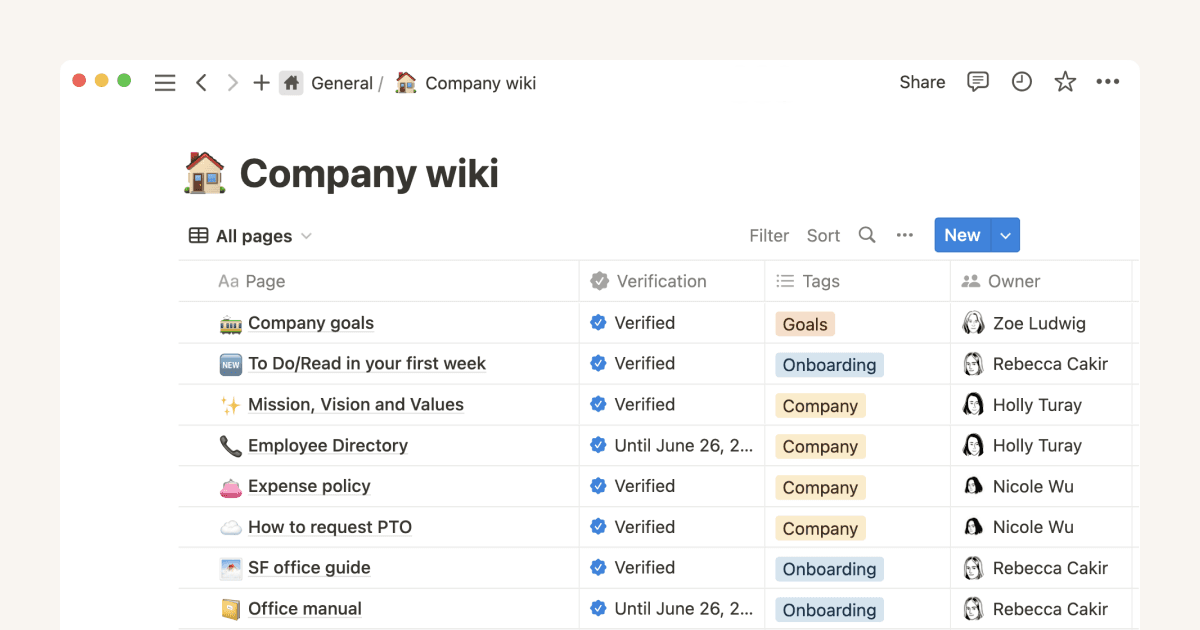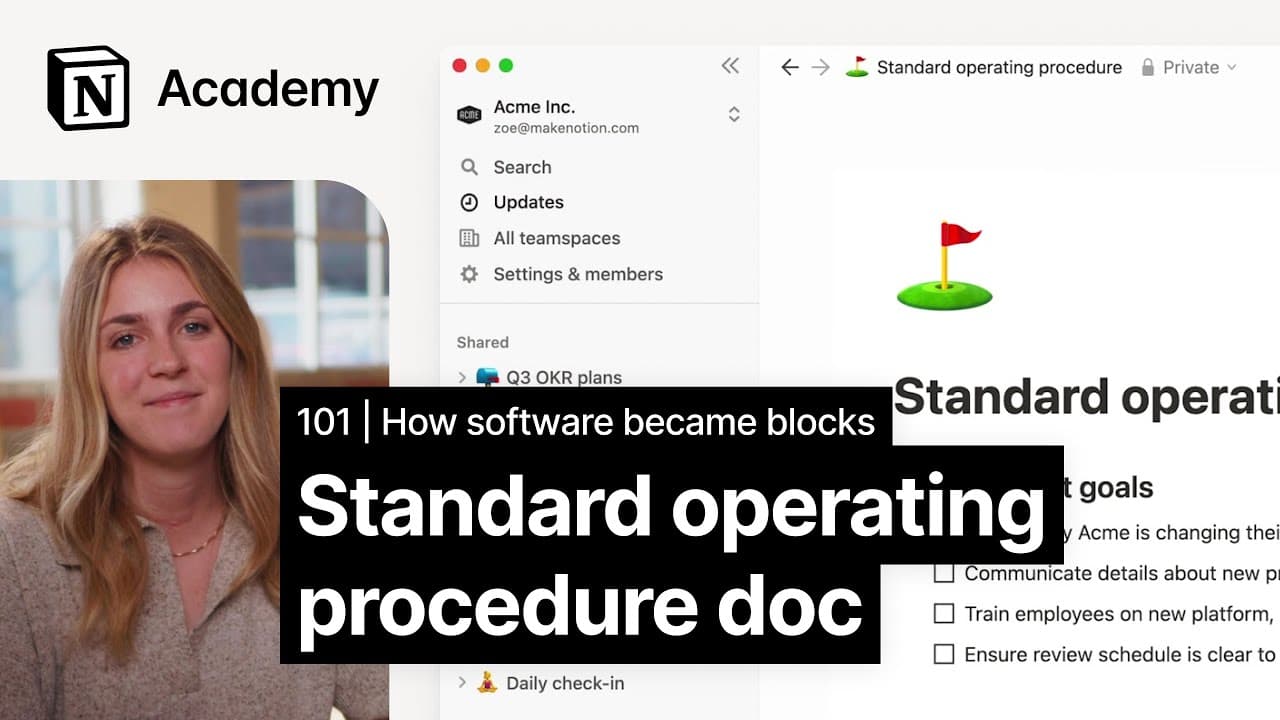Information Security Analyst SOPs

About this template
This template contains a comprehensive set of Standard Operating Procedures (SOPs) for an Information Security Analyst. These SOPs cover a wide range of security functions, including incident response, log monitoring, vulnerability management, security awareness training, data loss prevention, privileged access management, network security monitoring, email security, cloud security, and risk assessment/compliance. Each SOP provides step-by-step instructions, defines the scope and purpose of the procedure, and lists reference SOPs for related processes.
The document emphasizes the importance of proactive security measures, such as continuous monitoring, regular risk assessments, and ongoing training. It also highlights the need for strong access controls, including multi-factor authentication and least privilege principles, to prevent unauthorized access and data breaches. Additionally, the SOPs stress the significance of incident response planning and the need for a structured approach to identifying, containing, and eradicating security threats.
Furthermore, the document details the procedures for various security technologies and practices, including SIEM systems, IDS/IPS, vulnerability scanning tools, and data loss prevention solutions. It also covers cloud security best practices, secure email gateway implementations, and network security monitoring techniques. Each SOP includes guidelines for documentation, reporting, and continuous improvement, ensuring that security processes are regularly evaluated and updated.
Moreover, the template provides detailed instructions for handling specific security incidents, such as malware infections, data exfiltration, and phishing attacks. It also offers guidance on managing privileged accounts, securing network perimeters, and protecting sensitive data. The document underscores the necessity of adhering to compliance standards and regulatory requirements, such as GDPR, HIPAA, PCI-DSS, and ISO 27001, to avoid legal and financial penalties.
In conclusion, this document serves as a valuable resource for Information Security Analysts, providing a structured and thorough approach to managing various aspects of an organization's security posture. By following these SOPs, security teams can effectively mitigate risks, protect sensitive data, and ensure compliance with industry regulations, thereby enhancing the overall security of the organization.













